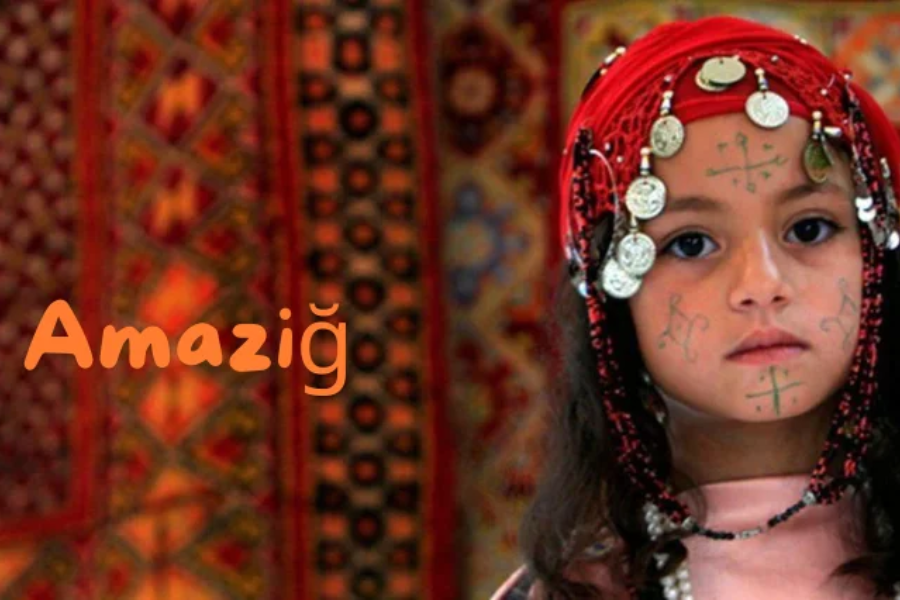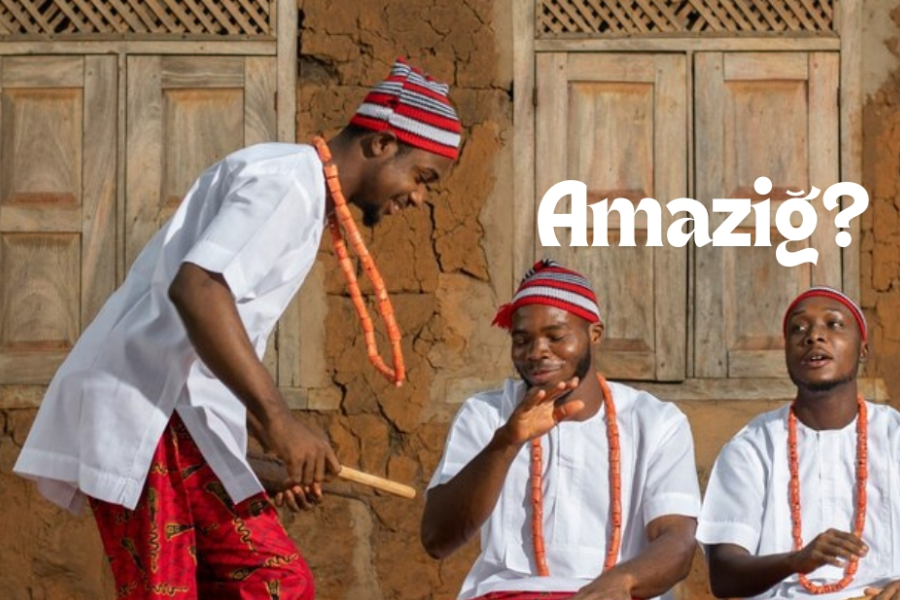Ibtroduction
North Africa is a land of rich history and diverse cultures, yet one of its most captivating threads is often overlooked: the Amaziğ people. Also known as Berbers, these indigenous inhabitants have woven their distinctive identity into the region’s vibrant tapestry through their colorful traditions, captivating stories, and deep-rooted beliefs. The Amaziğ culture offers a treasure trove of wisdom reflecting both resilience and a profound connection to nature. Join us as we embark on an enlightening journey through the heart of North Africa’s Amaziğ heritage.
Unveiling the Origins of the Amaziğ People
The Amaziğ people have called North Africa home for thousands of years, with their origins tracing back to ancient times. Evidence suggests they were among the region’s earliest inhabitants, deeply entwined with its history.
Linguistic studies reveal that the Amaziğ languages belong to the Afro-Asiatic language family, reflecting their deep connection to the land and its past. Over the centuries, these resilient communities have adapted to various influences, from Roman to Arab, while preserving their unique identity.
Despite external pressures, Amaziğ culture has thrived in the harsh desert landscapes and mountainous regions of North Africa. Today, their traditions are celebrated through art, music, and oral storytelling, showcasing their enduring legacy within the region’s diverse cultural mosaic.
Embracing Amaziğ Traditions and Beliefs
Amaziğ culture is rich with vibrant traditions and deeply held beliefs that highlight their bond with the land and community. Music is central to their culture, with rhythmic melodies accompanying celebrations, rituals, and storytelling. Instruments like the guembri and bendir add life to these gatherings.
Amaziğ art is equally expressive, featuring intricate woodwork, pottery, and textiles adorned with symbols of protection and fertility. Each piece is a story unto itself, steeped in history.
Their spirituality is closely tied to nature. Many Amaziğ people practice animism, believing that spirits reside in natural elements such as rivers and mountains. This respect for nature fosters a sustainable lifestyle.
Family plays a crucial role in Amaziğ society. Elders pass down wisdom through generations, guiding younger members in maintaining traditions and instilling values of respect and unity. These practices help preserve the Amaziğ sense of identity and belonging.
The Amaziğ Influence Across North Africa
Amaziğ culture has significantly shaped North Africa’s identity, influencing various aspects of daily life. Their languages, including Tamazight and Tarifit, contribute to the region’s linguistic diversity, carrying ancient stories and traditions.
Their culinary traditions are also noteworthy, with dishes like tagines, couscous, and herbal teas reflecting a rich gastronomic heritage passed down through generations.
Amaziğ artistry shines through in colorful textiles and intricate pottery, showcasing craftsmanship that resonates with both locals and visitors. Festivals celebrating harvests and historical events strengthen community bonds, while traditional music continues to echo through celebrations and storytelling.
These cultural elements inspire contemporary artists and reinforce connections to ancestral roots in modern society.
Facing Modern Challenges and Preservation Efforts
Today, the Amaziğ people face several challenges. Urbanization and globalization threaten their traditional way of life, with many young people migrating to cities for work, leaving rural areas vulnerable.
Cultural erosion is a significant concern, with the risk of losing languages, arts, and customs. However, revitalization efforts are underway. Grassroots organizations are promoting language education and cultural workshops throughout North Africa. Festivals celebrating Amaziğ heritage foster pride among younger generations.
Collaborations with governments are vital for sustainable development initiatives that respect indigenous rights. Ecotourism presents opportunities for economic growth while preserving the natural landscapes important to Amaziğ culture.
International partnerships can further support these efforts, ensuring the continued vibrancy of this remarkable culture amidst modern challenges.
Top Destinations to Experience Amaziğ Culture
To truly immerse yourself in Amaziğ culture, certain destinations are a must-visit. The enchanting village of Imlil in Morocco’s High Atlas Mountains offers a glimpse into traditional Amaziġ life amidst breathtaking peaks.
The vibrant city of Marrakech is another essential stop, where bustling souks and historical sites reveal Amaziġ artistry and craftsmanship. Explore local markets for handmade rugs and pottery created by skilled artisans.
Further south, Essaouira’s coastal beauty and rich heritage, as a UNESCO World Heritage site, showcase stunning architecture influenced by Amaziġ design.
FAQs:
1. Who are the Amaziğ people?
The Amaziğ people, also known as Berbers, are indigenous inhabitants of North Africa. They have lived in the region for thousands of years and have a rich cultural heritage characterized by unique traditions, languages, and beliefs.
2. What languages do the Amaziğ people speak?
The Amaziğ people speak various languages belonging to the Afro-Asiatic family, including Tamazight, Tarifit, and Tachelhit. These languages are integral to their cultural identity and heritage.
3. What are some key aspects of Amaziğ art and craftsmanship?
Amaziğ art includes intricate woodwork, pottery, and colorful textiles. Their craftsmanship often features symbols representing protection, fertility, and other cultural values. Each piece is a reflection of their history and traditions.
4. How do the Amaziğ people practice their spirituality?
Amaziğ spirituality often involves animism, where they believe that spirits inhabit natural elements such as rivers, mountains, and trees. This belief fosters a deep respect for nature and influences their sustainable lifestyle.
5. What are the major challenges facing the Amaziğ people today?
The Amaziğ people face challenges such as urbanization, globalization, and cultural erosion. Many young people migrate to cities, leaving rural areas vulnerable, and traditional practices are at risk of fading away.
6. How are efforts being made to preserve Amaziğ culture?
Preservation efforts include grassroots organizations promoting language education, cultural workshops, and festivals celebrating Amaziğ heritage. Collaborations with governments and ecotourism initiatives also play a role in supporting and preserving their culture.
7. What are some must-visit destinations to experience Amaziğ culture?
Notable destinations include Imlil in Morocco’s High Atlas Mountains, Marrakech for its souks and historical sites, Essaouira for its coastal beauty and heritage, and the Matmata region in Tunisia for its unique troglodyte community.
Conclusion
Exploring Amaziğ culture offers a profound glimpse into one of North Africa’s most enduring and vibrant traditions. From their ancient origins and linguistic heritage to their rich artistic expressions and spiritual practices, the Amaziğ people have left an indelible mark on the region’s cultural landscape. Despite facing modern challenges, their commitment to preserving their heritage through art, language, and community celebrations continues to thrive.
By visiting key destinations and engaging with grassroots efforts aimed at cultural preservation, we can better appreciate and support the Amaziğ people’s efforts to keep their traditions alive. The Amaziğ culture not only enriches the diverse tapestry of North Africa but also provides valuable lessons in resilience, community, and respect for nature.

Leave a Reply